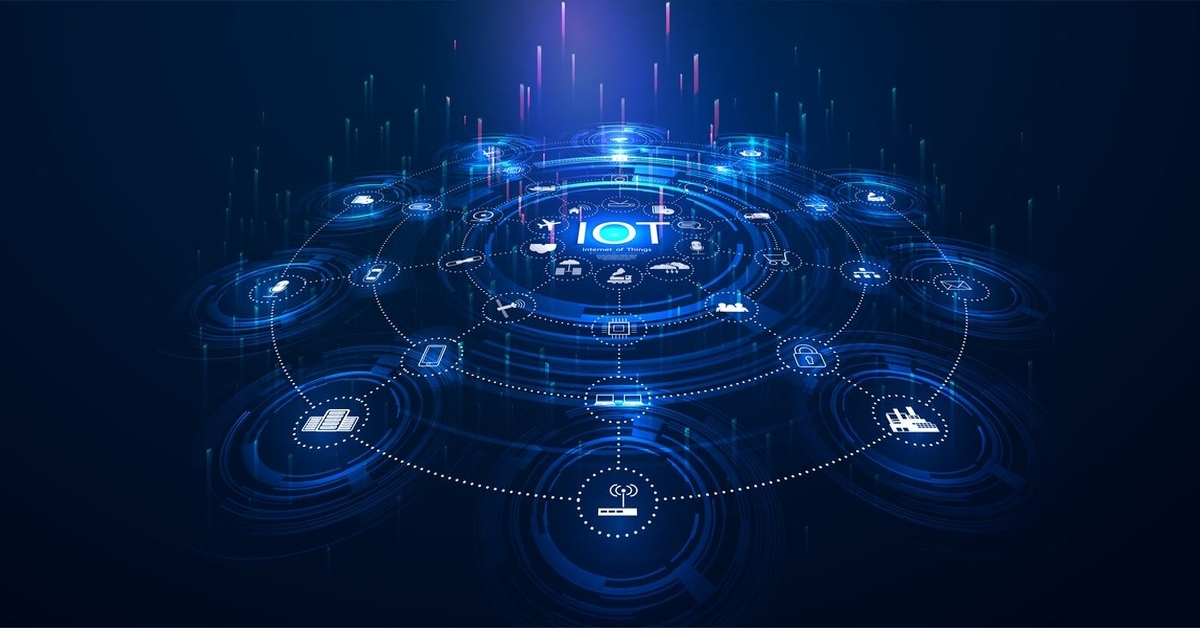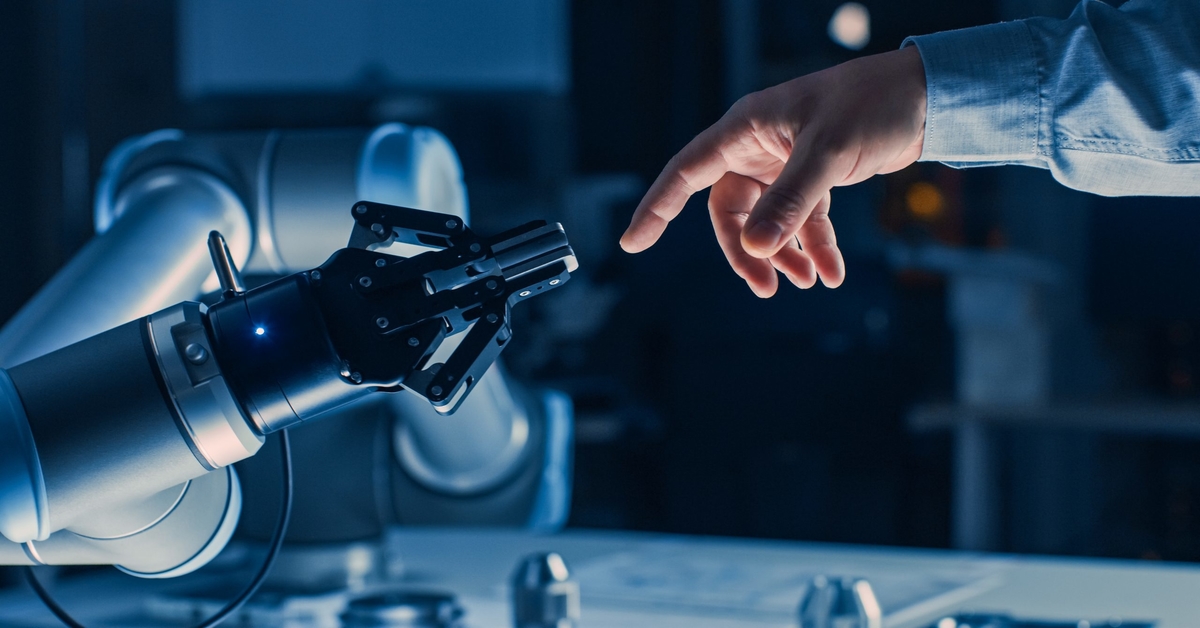What does Industrial Internet of Things (IIoT) stand for really? In a nutshell, Industrial IoT. That was easy no? Fine we will give you a little more. We are increasingly able to turn data into useful information thanks to advancements in the internet such as cloud computing and automation, and those transformative times are grouped under the umbrella of the 4th Industrial revolution, or Industry 4.0. And yes technically the Industrial Internet of Things (IIoT) is within the area of Internet of Things (IoT). However, the Industrial Internet of Things (IIoT) is distinct. Industrial Internet of Things (IIoT) is a natural evolution of a control system that enables improvement in automation by using cloud computing to enhance and optimize process controls. Ready to jump in with both feet to learn what does IIoT, Industrial Internet of Things, mean? See the technologies that make it happen? And know about Industrial of Things (IIoT) examples to differentiate it from IoT, or Internet of Things?
What is Industrial Internet of Things (IIoT)?
While similar to the Internet of Things (IoT), the Industrial Internet of Things (IIoT) use cases focus solely on manufacturing. IIoT, or Industrial IoT, areas of concentration are on machines and sensors networked together, communicating for manufacturing functions of a business. Factories and plants are often busy with so many activities from workers to production lines, and it is not exactly easy to keep track of everything that is happening in real-time. Out of this need the Industrial Internet of Things (IIoT) was born. Industrial Internet of Things (IIoT) enables the remote monitoring of equipment, alerts when an issue arises, but most importantly Industrial IoT supports in leveraging data throughout the plant in meaningful ways, it enables the collection of critical data than can, and should, be used to understand trends and improve performance. This valuable collected data is also used to prevent costly machine failures and for predictive maintenance. The Industrial Internet of Things, IIoT, starts with sensors embedded in equipment throughout the factory that are collecting data then transmitting it to a cloud platform where then the data can be understood and used. A Key benefit of this, is by monitoring a machine’s throughput data, hidden losses are addressed which in turn optimizes production.
Technologies Driving the Industrial Internet of Things (IIoT):
The Industrial IoT needs several technological to make it work and transform factories into smart factories and allow IIoT to shine like the star it really is. Some of its co-stars are:
1) Artificial Intelligence (AI) and Machine Learning (ML): an integral branch of computer science.
2) Cybersecurity: critical to connect machines and allow communication securely.
3)Cloud Computing: enables data to be uploaded and downloaded from Internet-based servers.
4) Edge Computing: decentralized computing model that enables data storage to be closer to the point of need and optimizes sensors, industrial computers and devices that are part of the Industrial Internet of Things (IIoT) system for faster processing.
5) Data Mining and Analytics: aggregating and examining big volumes of data from various functions of the business.
6) Digital Twins: simply a digital replica of an organization’s processes, physical assets, devices… etc.
Industrial Internet of Things (IIoT) in Manufacturing:
Although business owners and manufactures may be hesitant about adopting an Industrial IoT approach due to learning time and potential costs, in the long-run, the Industrial Internet of Things (IIoT) is an investment that pays for itself. And more. If you are not convinced, read on, maybe once you are familiar with the industrial Internet of Things (IIoT) use cases and have learnt more about Industrial Internet of Things (IIoT ) manufacturing examples you will be as eager as we are for this technology.
ABB – Robotics company: utilizes connected sensors which monitor the status of the robots and maintenance, giving the company valuable insights that enable it to prompt repairs before anything actually breaks.
Tesla – Automotive company: backed by everybody’s favorite entrepreneur, autonomous indoor vehicles. Need we say more? Well, their batteries are chargeable on their own.
Caterpillar (CAT) – Machinery company: Caterpillar has increased production efficiency by 45% because of the Industrial Internet of Things. It uses Augmented Reality, AR, to operate machines.





